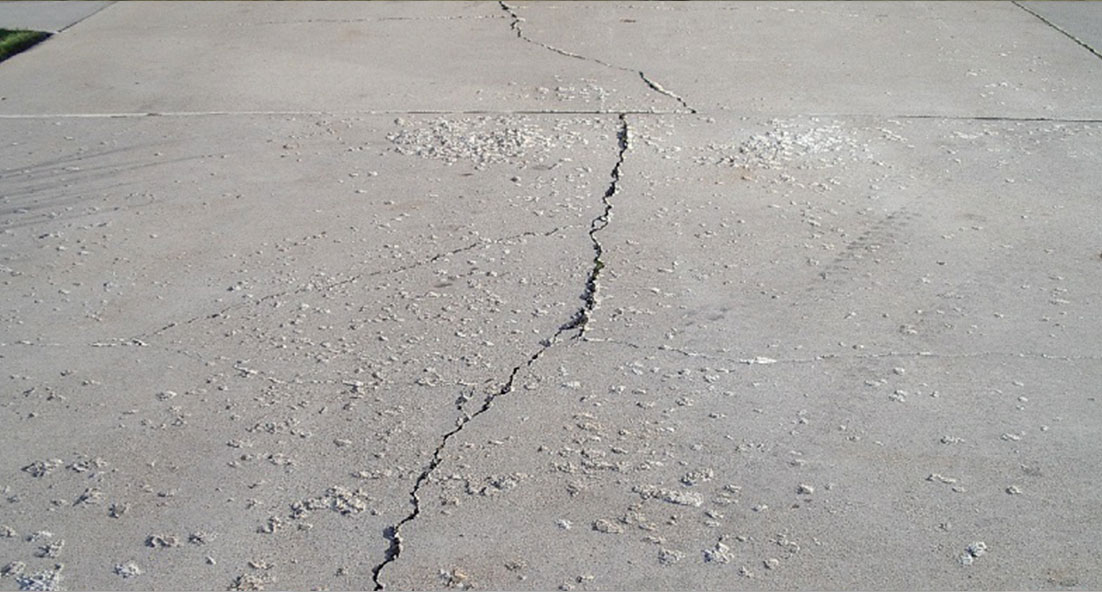
More often that not, concrete dust is a common problem felt by many facilities, even after the sweeping and cleaning of it.
Concrete dust is the powdering of the surface and is primarily caused by the disintegration of the top layer of weakened concrete. Foot traffic, heavy loads, automotive tyres and even cleaning of the concrete are some of the factors that can cause dusting of concrete.
Why has my concrete weakened?
There are so many reasons for the weakening of the concrete layer such as poor mixing of the concrete, ageing of the flooring, or even insufficient curing at the surface. The most common reason for weakening is excess water bleeding at the surface; the excessive amounts of water in the mix will rise to the surface during the trowelling process. The rising water carries fine particles to the surface forming a layer of laitance.
Laitance is a porous layer of softer concrete that slowly breaks down to create a white powdery surface. The sweeping of this surface provides very little results as the concrete is in a constant state of disintegration. If left untreated, the concrete dust can become troublesome as it ends up on surfaces within facilities such as cars in garages or machinery in manufacturing plants.
How to stop concrete dust
The prevention of concrete dust is an easier process than often thought – sealing of the surface!
When attempting to seal concrete the most important thing to do is to prepare the surface. The removal of the loose material will enable sealer to grip onto the concrete. The size of the area and the severity of the problem will determine the method needed to prepare the concrete. Once the surface has been prepared, a sealer can then be applied. With many sealers available, like single and twin packs, water/solvent based and solvent free sealers, it is important to choose a sealer that is suited to your flooring.
For damp flooring, water-based products are recommended. For dry flooring, we recommend using a clear polyurethane floor sealer as the polyurethane formulation will reduce porosity whilst providing a dustproof surface. Areas that have oil/chemical contamination require an epoxy primer manufactured to seal dry or damp concrete surfaces impregnated with almost any type of oils, including animal, vegetable or mineral based oils Concrete with rising damp issues will require a primer that is sufficient to withstand underlying water pressures.
While concrete dust is a nuisance to your facilities, the issue is easily rectified. Unless the dusting is severe, proper cleaning, preparation of the floor and easy application of a penetrating sealer usually achieves the job.
Finally, for those who are unsure about the best solution for them, see out specialist concrete coatings and sealing product manufacturer to ask for advice. Give our friendly Sales and Technical Team a call and we will advise you on what will work best for you,
